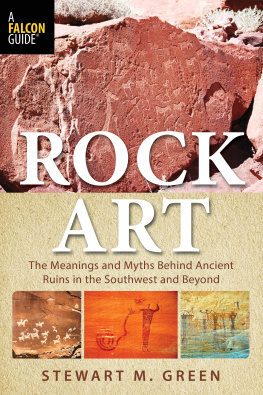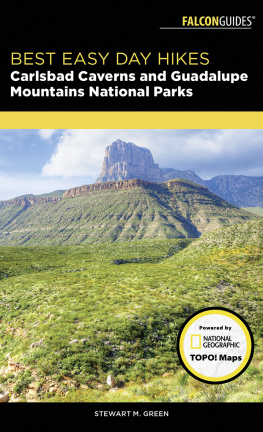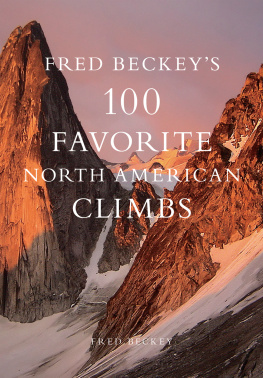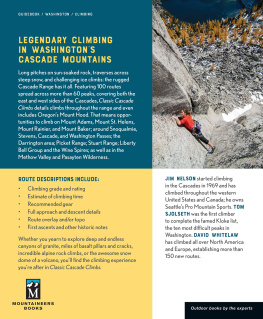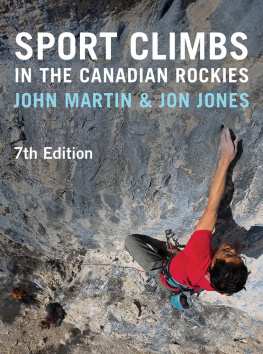Climbing Equipment
Gearheads Outdoor Store
471 South Main St.
Moab, UT 84532
(435) 259-4327
www.moabgearheads.com
Pagan Mountaineering
59 S. Main St., #2
Moab, Utah 84532
(435) 259-1117
http://paganclimber.com/moab
Climbing Guides
Front Range Climbing Company (Climbing Guides)
2344 Cinnabar Rd.
Colorado Springs, CO 80921
(866) 404-3721 or (719) 632-5822
www.frontrangeclimbing.com
Jackson Hole Mountain Guides (Climbing Guides)
PO Box 7477
Moab, UT 84532
(435) 260-0990 or (800) 239-7642
https://jhmg.com/location/moab
Moab Cliffs and Canyons (Climbing and Canyoneering Guides)
253 N. Main St.
Moab, UT 84532
(435) 259-3317 or (877) 641-5271
https://cliffsandcanyons.com
Moab Desert Adventures (Climbing and Canyoneering Guides)
39 E. Center St.
Moab, UT 84532
(804) 814-3872
www.moabdesertadventures.com
Windgate Adventures
25 E. Center St.
Moab, UT 84532
(435) 260-9802
www.windgateadventures.com
Management Agencies
Arches National Park
PO Box 907
Moab, UT 84532
(435) 719-2299
www.nps.gov/arch/index.htm
Bureau of Land Management
Moab Field Office
82 E. Dogwood
Moab, Utah 84532
(435) 259-2100
www.blm.gov/office/moab-field-office
BLM Camping Information
www.blm.gov/sites/blm.gov/files/Moab%20Recreation%20camping%20guide_0.pdf
Canyonlands National Park
2282 Resource Blvd.
Moab, Utah 84532
(435) 719-2313
www.nps.gov/cany/index.htm
Canyonlands Backcountry Information
(435) 259-4351
www.nps.gov/cany/planyourvisit/
backcountry.htm
Moab Information
Official Moab, Utah, Home Page
www.moab.net
Moab Information Site
www.moab-utah.com
Moab Official Tourist Information
www.discovermoab.com
Moab, Utah, Travel Guide
www.go-utah.com/moab
Medical Services
Moab Regional Hospital
450 W. Williams Way
Moab, UT 84532
(435) 719-3500
http://mrhmoab.org/
For emergencies call:
Grand County Sheriffs Office
25 S. 100 E.
Moab, UT 84532
(435) 259-8115 or 911
www.grandcountyutah.net/240/
Sheriff
Grand County Search and Rescue (GCSAR)
25 S. 100 E.
PO Box 1343
Moab, UT 84532
(435) 259-8115 or 911
www.grandcountyutah.net/241/
Grand-County-Search-Rescue-GCSAR
Arches National Park
Arches National Park, a 76,679-acre wonderland of sandstone fins, towers, ribs, gargoyles, hoodoos, balanced rocks, and arches northwest of Moab, protects the largest collection of arches in the world. Over 2,000 arches with at least one side 3 or more feet wide have been cataloged by explorers, including 306-foot-long Landscape Arch and Delicate Arch, Utahs state symbol.
While visitors come from around the world to view the arches and scenery, climbers also visit to ascend the parks towers and cliffs. Over a dozen spires up to 300 feet high rise within a ten-minute hike from the park road. The arches and towers are composed of Entrada sandstone, a soft rock deposited as sand dunes during Jurassic times over 160 million years ago. The sandstone at Arches is notoriously sandy, especially after rain or snow. Most routes follow crack systems with only occasional face moves.
Arches National Park has several important climbing regulations to protect the areas unique geological resources. The use of white chalk is banned in the park. Go without chalk or use an earth-tone chalk that matches the sandstones color. Only rust-colored slings should be used at belay and rappel anchors to minimize visual impact. The use of power drills is prohibited, and no new bolts can be placed without prior permission. Do not climb on or near any arches to avoid damage. Dogs must be leashed at all times and are not allowed on any trails. Dog kennels in Moab can care for your dog while youre climbing. Follow existing paths to the cliffs whenever possible to avoid damaging fragile cryptobiotic soil. If you have to walk cross-country, avoid the soil and hike on durable rock surfaces or in washes.
Entrada sandstone forms the arches and towers at Arches National Park. The Entrada divides into three separate layersDewey Bridge, Slick Rock, and Moab Tongue. Severe wrinkling characterizes the Dewey Bridge layer. It composes Owl Rock, Elephant Butte, Tonka Tower, and the Windows area. The Slick Rock member forms vertical cliffs in the Courthouse Towers area, including the Three Gossips, The Organ, and Three Penguins, as well as Devils Garden and Fiery Furnace. The Moab Tongue is a thin white caprock atop the Slick Rock member.
Aubrey Green jamming the upper crack on Owl Rock.
Cryptobiotic soil, composed of a living microscopic organism called cynaobacteria, forms a black crust on the ground in the canyon country. Cryptobiotic soil is a valuable part of the ecosystem since it prevents soil erosion by wind and water and retains moisture. This delicate soil is crushed if you step on it. To avoid damaging the crust, follow these guidelinesstay on existing paths, walk single-file, step on durable surfaces like rock or follow washes, and dont camp on it.
Climbers are encouraged to register and obtain a free permit before climbing at Arches National Park. Climbers can get a permit on the day of their climb and there is no daily limit on the number of routes climbed. Obtain a permit by registering at an on-line reservation system at https://archespermits.nps.gov, or self-register at a kiosk outside the park visitor center.
Some cliffs, towers, and routes may be closed for raptor nesting from March until August. It is the climbers responsibility to know which features are closed. The park strictly enforces all wildlife closures. Check the rock climbing page on the Arches National Park website or the climbers kiosk outside the visitor center for updated closure information while youre registering to climb.
Getting there: The main entrance to Arches National Park is 5 miles northwest of Moab on US 191. The paved 24-mile-long park road travels from the visitor center at the entrance to Devils Garden and the fifty-one-site park campground. All the described climbs begin from this road. Arches National Park is a fee area.
The great American writer Edward Abbey (19271989) spent two years as a seasonal ranger in Arches National Monument in the 1950s. Desert Solitaire, a memoir detailing his first summer in 1956, burst on the scene in 1968, not only popularizing the canyon country but also changing lives. Ed summarizes his season in the wilderness in the last chapter: The finest quality of this stone, these plants and animals, this desert landscape is the indifference to our presence, our absence, our coming, our staying or our going. Whether we live or die is a matter of absolutely no concern whatsoever to the desert.
The Three Penguins


